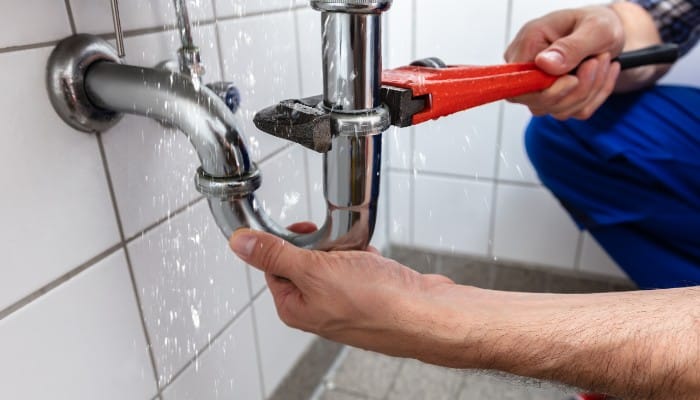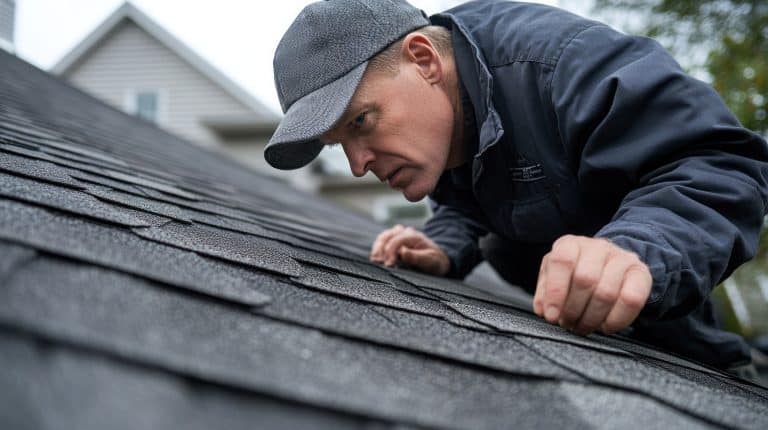Identifying and Fixing the Most Common Leaks in Sacramento Homes
Leaks in homes are a pervasive issue that can cause significant damage if left untreated.
Whether you live in a modern home or an older residence in Sacramento, understanding the most common leaks can help you prevent costly repairs and maintain a safe living environment.
Introduction to Common Household Leaks
Household leaks, from dripping faucets to hidden plumbing issues, are more common than many homeowners realize.
Early detection and timely repairs are crucial to prevent water waste and structural damage.
Whether it’s a minor drip or a significant water breach, addressing leaks as soon as they’re detected can save homeowners from the stress and financial burden of major repairs down the line.
Understanding the root causes and knowing how to handle common leaks can be a game-changer for maintaining the integrity of your home.
If you encounter leaks, you must know where to find professional residential leak repair services to address these issues promptly.
Leaking Faucets
One of the most common household leaks is from dripping faucets. This type of leak is annoying and can waste a significant amount of water over time.
Research suggests a faucet leaking at one drip per second can waste over 3,000 gallons of water annually.
Over time, this inflates your water bill and contributes to unnecessary water wastage, a pressing concern in Sacramento, where water conservation is critical.
Fixing a leaky faucet often involves replacing the worn-out washers or cartridges inside the faucet, making it an easy DIY project for many homeowners.
However, if you need more confidence in your repair skills, seeking professional help ensures the problem is resolved efficiently.
Toilet Leaks
Toilet leaks are another common problem in Sacramento homes, often caused by a faulty flapper or fill valve.
These leaks have the potential to remain undetected for extended periods of time, resulting in increased water expenses.
Toilets are responsible for nearly 30% of indoor water use, so even a small, undetected leak can significantly impact water consumption.
To test for a toilet leak, put a couple of drops of food coloring in the tank and let it sit for 10-15 minutes. The presence of a leak is indicated by the color in the bowl.
This simple test is an effective way to identify leaks early. Regularly inspecting and maintaining all toilet components can prevent these types of leaks.
Water Heater Leaks
Corrosion or sediment build-up can cause leaks in water heaters.
Since these appliances are often tucked away in basements or closets, leaks can go unnoticed until significant damage has occurred.
A leaking water heater indicates potential appliance failure and a safety hazard.
Regular maintenance tasks like flushing out the tank to clear sediment build-up can prevent leaks and extend the lifespan of the water heater.
In some cases, it might be necessary to replace the water heater altogether.
Routine appointments, usually scheduled once or twice annually, are able to identify problems early on and stop potential leaks from causing harm.
Washing Machine and Refrigerator Leaks
Appliances like washing machines and refrigerators can develop leaks due to worn-out hoses or connections.
These leaks can be particularly damaging as they are typically located in areas with less foot traffic, enabling water to pool and cause structural damage.
For example, a leaking washing machine hose can release significant water, creating a breeding ground for mold and mildew.
Inspecting and replacing hoses periodically can help mitigate these risks.
Additionally, ensuring that appliances are level and properly installed can prevent undue stress on hoses and connections, further reducing the likelihood of leaks.
Roof and Attic Leaks
Roof leaks, often caused by damaged shingles or flashing, can lead to severe water damage and mold growth.
Regular inspections of your roof and attic can help identify potential problems before they result in costly repairs.
Sacramento’s weather patterns, including rainy winters, can exacerbate these issues, making proactive maintenance crucial.
During an inspection, look for signs of water damage like water stains, mold growth, and missing shingles.
Promptly addressing these signs can prevent a minor problem from escalating into a significant structural issue.
Keeping gutters clean and ensuring proper attic ventilation are additional steps to prevent leaks.
Plumbing Leaks
Leaks can also occur within the plumbing system, often in burst pipes or small drips from joints and fixtures.
These leaks can escalate quickly and cause extensive water damage. It’s crucial to be aware of the exact location of your main water shutoff valve so you can quickly stop the water flow in the event of a major leak.
Noticing differences in your water bill or damp spots on walls and ceilings can aid in early recognition of plumbing leaks.
Water pressure regulators can prevent pipe bursts, and routine maintenance inspections by a professional plumber can ensure the good condition of your plumbing system.
Preventative Measures and Regular Maintenance
Preventing leaks involves routine inspection and maintenance of your home’s water systems.
Regularly checking faucets, toilets, and appliances for signs of wear and tear can help you catch leaks early.
Moreover, investing in water leak detectors can provide additional protection by alerting you to leaks before they become a significant issue.
For more tips on preventing home leaks, visit valuable resources like the EPA’s Fix a Leak Week page or consult Family Handyman’s guide to fixing leaks.
Addressing leaks promptly protects your home and conserves water, benefiting both you and the environment.
Incorporating these methods into your standard home upkeep schedule can help you save time, money, and avoid many future complications.







